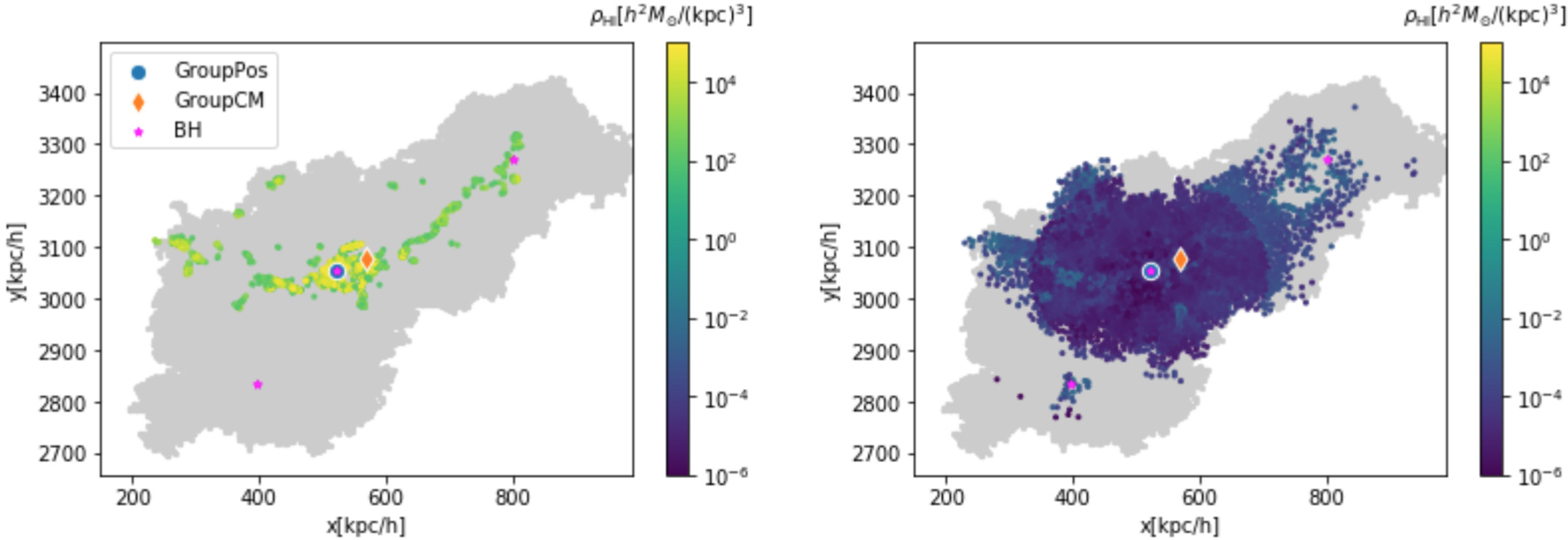Tsukuba Uchu Forum
118th Uchu Forum
A theoretical framework for cosmological analysis of 21-cm line observations
Rika Ando
Nagoya University
Abstract
Observations confirm that the universe is accelerating and expanding. Dark energy and modified gravity theories have been proposed but a conclusive theory remains elusive. The difference between these theoretical models is reflected in the magnitude of density fluctuations and the temporal evolution of large-scale structure. Therefore, it is possible to test the theoretical models with observations of the large-scale structure of the universe. In this study, we focused on the cosmological temporal analysis of large-scale structures using the 21-cm lines of neutral hydrogen. The temporal anaylsis is complciated by processes such as the ultraviolet background radiation and feedback from galaxies which affect the spatial distribution of neutral hydrogen.
In this study, we first measured the power spectrum of neutral hydrogen using a medium-scale (75 Mpc / h) cosmological hydrodynamic simulation, and verified whether it is consistent with theoretical models. A larger box size is needed to subsequently discuss large-scale statistics such as baryon acoustic oscillations. However, large-scale, high-resolution cosmological fluid simulations are very computationally expensive, and, instead, we proposed a new method to obtain the distribution of neutral hydrogen from N-body simulation. In this method, only the density fields of dark matter halo and dark matter in the vicinity are used, and the density field of neutral hydrogen is obtained by multiplying these by a constant.



 和 英
和 英